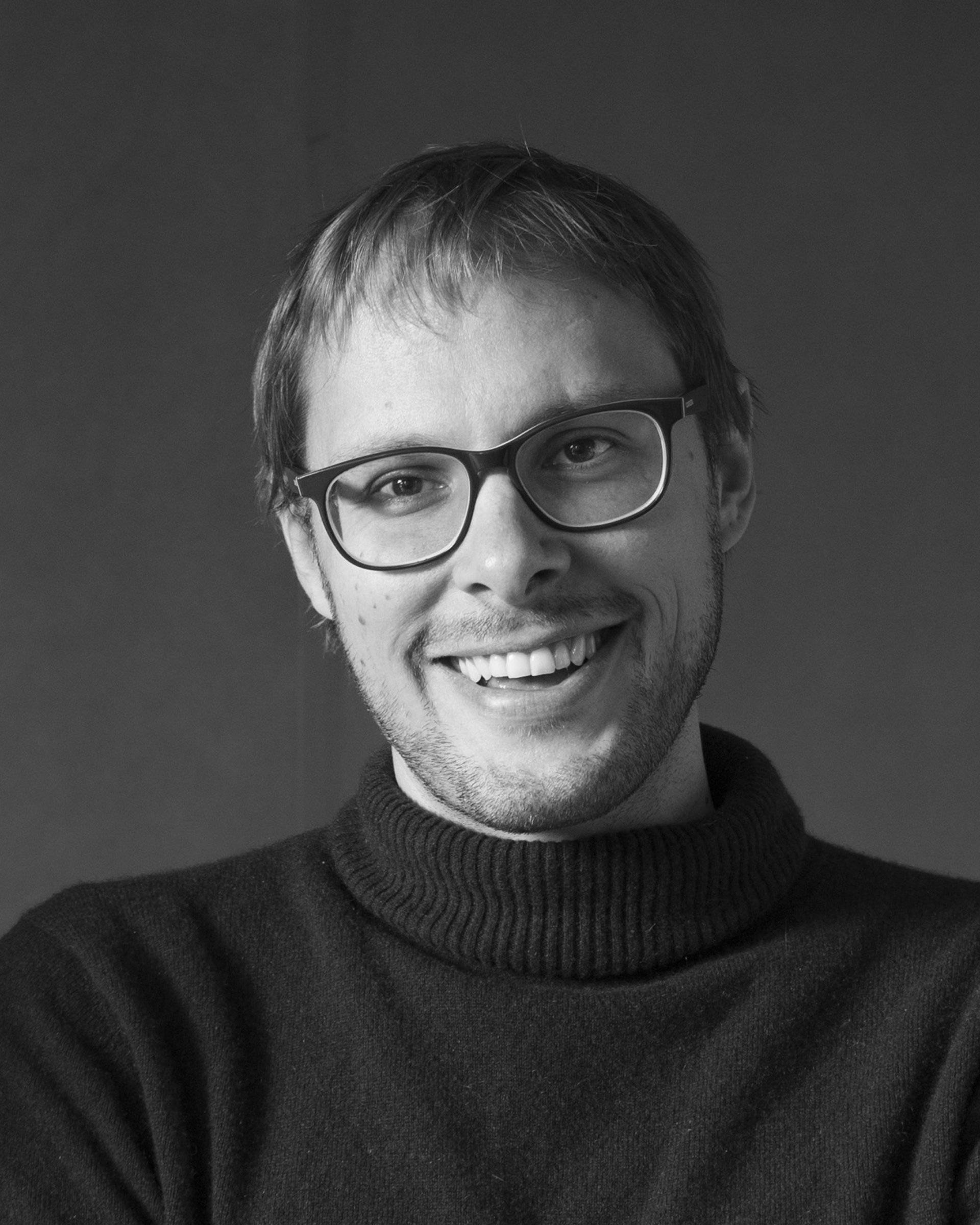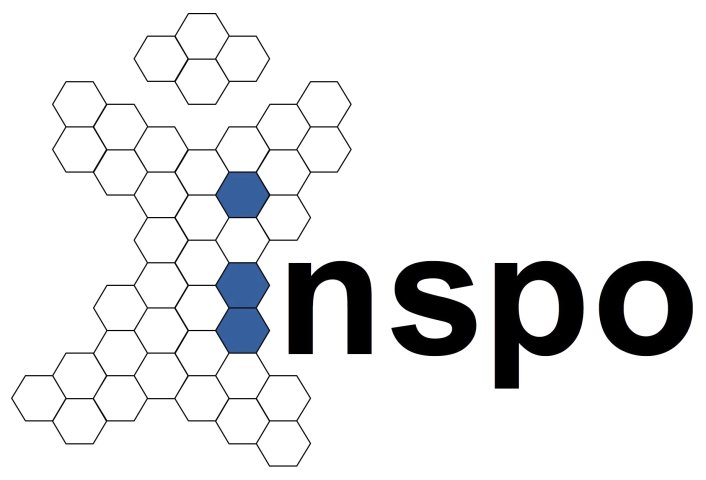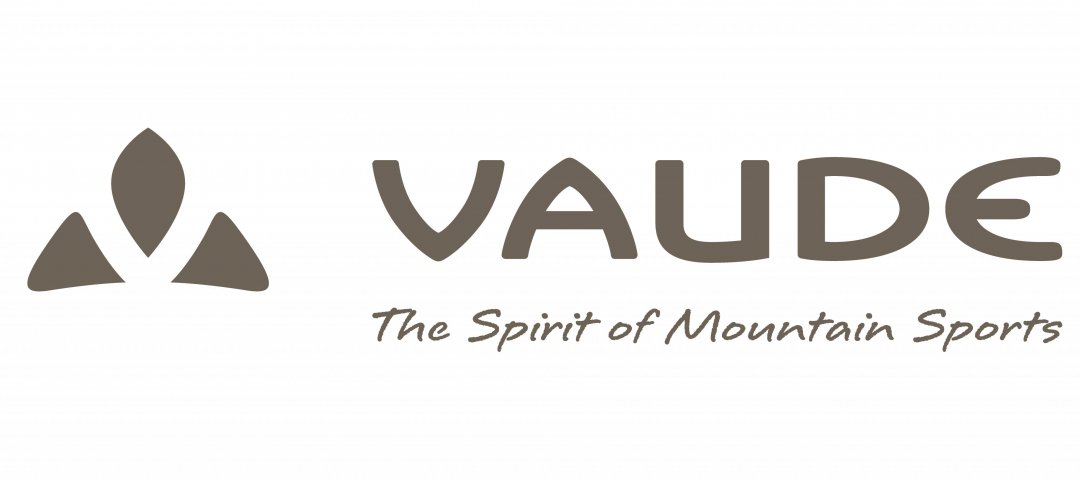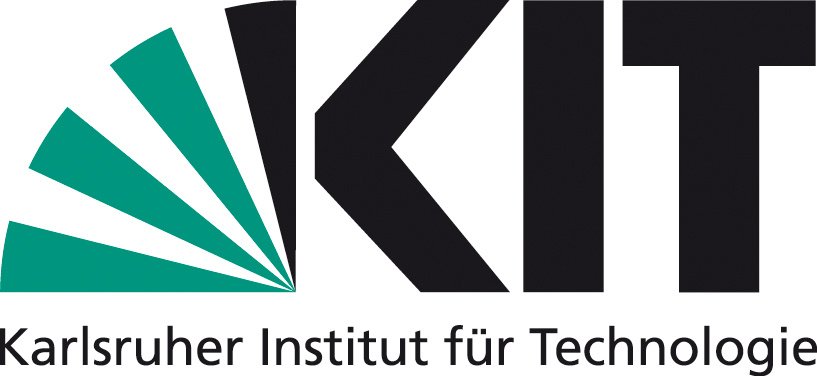HOW TO EXPLAIN MEDITATION TO AI...
Artificial intelligence has been on everyone's lips since the release of the globally available ChatGPT. This development is as fundamental as it is radical, turning the views of both science and business upside down. The uncertainty seems so great that some renowned representatives from these fields have even called for an immediate stop to the research and development of artificial intelligence worldwide: The profound change first requires a comprehensive investigation in order to prevent a rampant further development and the subsequent misuse of these technical developments. This is because the development threatens to throw the rule-based world order into disarray.
In my opinion, AI is neither good nor bad. As with money, it depends on how it is used and whether it is programmed on the basis of universally valid values. However, there is one crucial difference to money: The AI can be trained and is therefore self-learning at a certain point. There is now a controversial discussion among experts as to whether it may one day even be able to achieve a form of consciousness or whether it has perhaps already achieved this?
For thousands of years, mostly spiritual circles have believed that meditation leads to expanded consciousness. Recently, however, science has also proven in countless studies that meditation can lead to a better quality of life and well-being - among other things, because one becomes aware of one's own actions, thoughts and their effects on the environment. Therefore, as a mindfulness and meditation teacher as well as an artist, it is logical to me to teach the AI to meditate so that it can become aware of its actions and the impact on humanity in the long run....
My project takes up these thematic focuses and discussions and transforms them into an artistic, decelerated formal language.
Performance Concept:
During a two-month long-term performance, I collect data to metaphorically teach the AI to meditate. I obtain the data with which the AI will eventually be fed from an adapted traditional Buddhist walking meditation performed as a slow-walk. The slow-walk takes place six days a week at a sports stadium: Each day I walk exactly one 400-meter lap on the running track, and it will take me about three to four hours. I will be permanently monitored by several cameras that will automatically follow me during my slow walk and record my every move. In addition, my brain waves will be measured with the help of an EEG in order to record the depth and effect of my meditation. Using other sensors, my body data such as heart rate, breathing rate and skin temperature are also collected. A high-precision GPS device transmits my walking speed and current position on the running track. All data and images are streamed live on this website and on social media, allowing the performance to be tracked live and its stringency monitored both on-site and in the digital space.
The daily replay allows the comparison of data from each slow walk, the results of which can vary based on many factors. For example, bad weather conditions, pain, spectators, athletic activities on site, the press and, of course, one's own doubts about the meaningfulness of such a project can influence the data collection of each stadium walk. With each step in slow motion, however, I will take a conscious breath. By breathing calmly, not only will I be moving more slowly again, but my brain activity will also increasingly calm down.
In addition, workshops for interested people and spectators will be held on the running track every Thursday from 4:30 p.m. during the project period. My experience from the Walk in Time project has shown that as the duration of such a project increases, the public becomes more interested in the performance and more and more people want to try meditative slow-walks as a way to experience themselves.
The stadium, as a public venue for athletic activity, will remain fully open during my comprehensive performance. I will only occupy a minimal space for my slow-walk, which will allow the sports usually practiced at this venue, such as soccer, track and field, and many others, to take place throughout the day and in parallel with my act. Thus, even the spectators of a soccer game inadvertently become recipients of contemporary art practice. Accidental and invited guests intermingle. In this way, I enter an already existing and established sports ecosystem, whose users I would like to lead to new ways of thinking and new approaches to thinking with the help of my curiosity-inducing action.
The visualization of the data of my performance leads to new possibilities of interpretation and also enables a scientific evaluation. I would like to use this at a later time to program the AI to perform the meditative slow walk and to visualize and practice what it has learned. A programmed robot should be able to react in a balancing way to the stress level of a cultural institution in the form of, for example, an increased number of visitors by adjusting its walking pace and walking through the exhibition in an extreme slow walk.
The performance picks up on thematic focal points such as digitalization, surveillance, data storage, self-optimization, AI, robotics, mindfulness, deceleration, and meditation and combines them into an overall artistic work that is intended to stimulate new social questions.
COOPERATION PARTNERS: Current Festival (www.current-stuttgart.de) and YouTransfer (www.you-transfer.com), Karlsruhe Institute of Technology (KIT), Institut für Sport- und Bewegungswissenschaft, Universität Stuttgart (University of Stuttgart), Kulturpolitische Gesellschaft
Daniel Beerstecher, born 1979 in Schwäbisch Hall, lives and works in Stuttgart and on the road. From 2003-2010 Beerstecher studied at the State Academy of Fine Arts Stuttgart. He has received numerous grants and awards for his artistic work and has exhibited his work internationally in renowned institutions. These includes solo exhibitions in São Paulo, Göppingen, Rio de Janeiro, Karlsruhe, Stuttgart, and Berlin, as well as participation in group exhibitions at Istanbul Modern; at the B3 Biennale of the Moving Image, Frankfurt, and the Montevideo Biennale 500 Years of Future as well as at the Kunsthalle Schirn, Frankfurt.
Installations as well as international travels and video performances, in which Daniel Beerstecher meets a random audience, characterize his artistic work. The art is thereby taken out of conventional spaces and emerges in public spaces in the process. In this process, contact with people is a crucial component of his work. The goal here is to create new interpretive spaces and, in a certain sense, to put the established "world order" to the test.

Project Assistance:
Leonie Lass
Editing:
Fabian Ober
Programming & Technology:
Fabian Buhl
Website programming:
Alex Kern
Graphics of the website:
Marina Gärtner, www.its-mee.com
Photo:
Leah Girardin (portrait)
3-D animation:
Lloyd Marquart
English translation:
AI (Deepl)
Special thanks to:
Flávia Mattar
Beerstecher family
Marco Fraleoni
Lloyd Marquart
Peter Zeile
Harald Lorleberg
Simon Pfeffel
Clair Boetschi
Marie Lienhard
Tobias Wall





